As I am preparing to teach an all-day design course at CMBG, I have been going through all of the essentials of garden design: texture, form, repetition, symmetry, function, and, of course, color.
I love color! Too many landscape designers claim that as they become more sophisticated in their tastes, they eschew color for simple shades of green.
That is hogwash.
A friend and I used to joke that when designers get to their “I prefer shades of green” stage, they are usually burned out.

Alright, enough opining; let’s get onto my favorite color – blue. When I say blue, I mean steel blue.
The blue of Panicum ‘Heavy Metal,’ Agave americana, Zenobia pulverulenta, and this week’s plant pick, Fothergilla x intermedia ‘Blue Shadow.’
This blue is soft while at the same time being powerful if used appropriately in the garden. It has the most dramatic glaucous blue leaves. If this color were music, it would be Miles Davis’ Sketches of Spain (smooth, beautiful, and strong). I would love to design a blue garden with these and other plants represented and, of course, blue speakers emitting Concierto de Aranjuez.
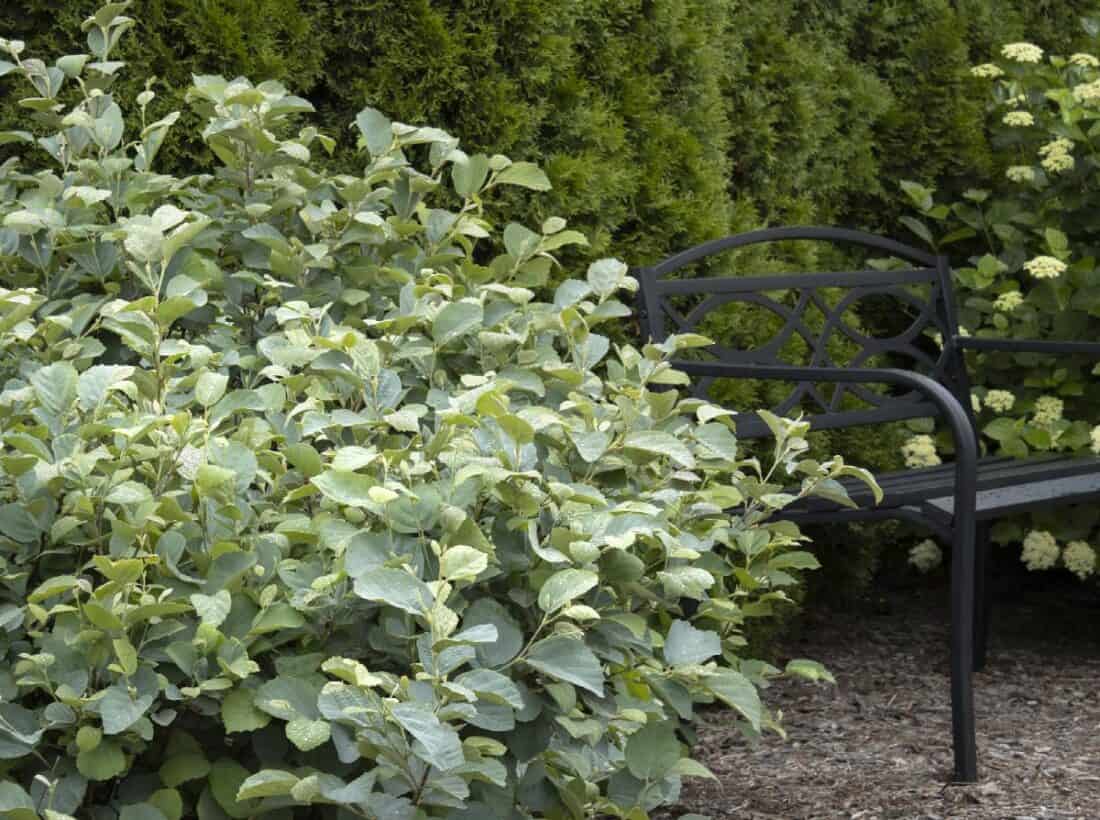
Growing Fothergilla x intermedia ‘Blue Shadow’
Right now, Fothergilla x intermedia ‘Blue Shadow’ is striking notes of “what is that beautiful plant?” to our guests.
This cool, moist summer has allowed the foliage to be bluer than ever.
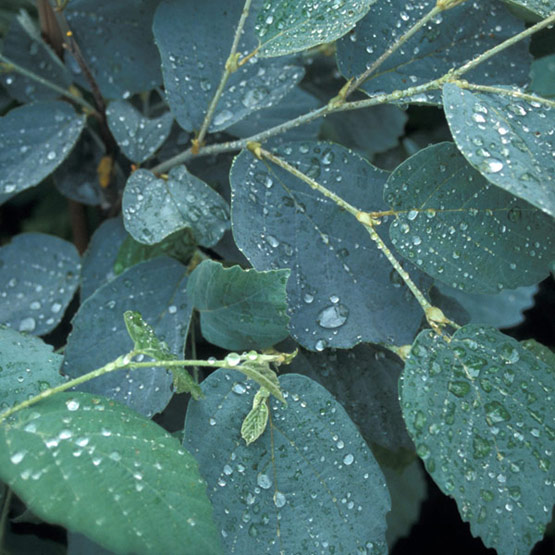
Steel Blue leaves of Fothergilla ‘Blue Shadow’
images from Finegardening.com
I grew Blue Shadow in Pennsylvania and the leaves would turn from blue to green after a couple of 90 degree weeks – it prefers full sun but will tolerate partial shade, but to get the best color, make sure the soil is reliably and evenly moist.
Our plant is nestled under a deciduous larch that provides afternoon shade for the shrub. This fothergilla is a hybrid between the large Fothergilla major and the small Fothergilla gardenii. One of the first cultivars from this cross was Fothergilla x intermedia ‘Mt. Airy,’ which was introduced by Dr. Michael Dirr. Then, Gary Handy from Handy Nursery in Oregon found a branch sport of Mt. Airy with the intense blue color we now know as Blue Shadow.outstanding scarlet
Over time, Blue Shadow fothergilla will form a shrub 6′ tall and wide. It is a dense multi-stemmed deciduous shrub that maintains a nicely rounded habit. In addition to reliable moisture, it also wants well-drained and acidic soils. A bit of afternoon shade is good for the plant to keep the deep, powder-blue foliage.
In the fall, the leaves will change to deep reds and oranges before falling off of the plant. It is known for its spectacular fall colors.
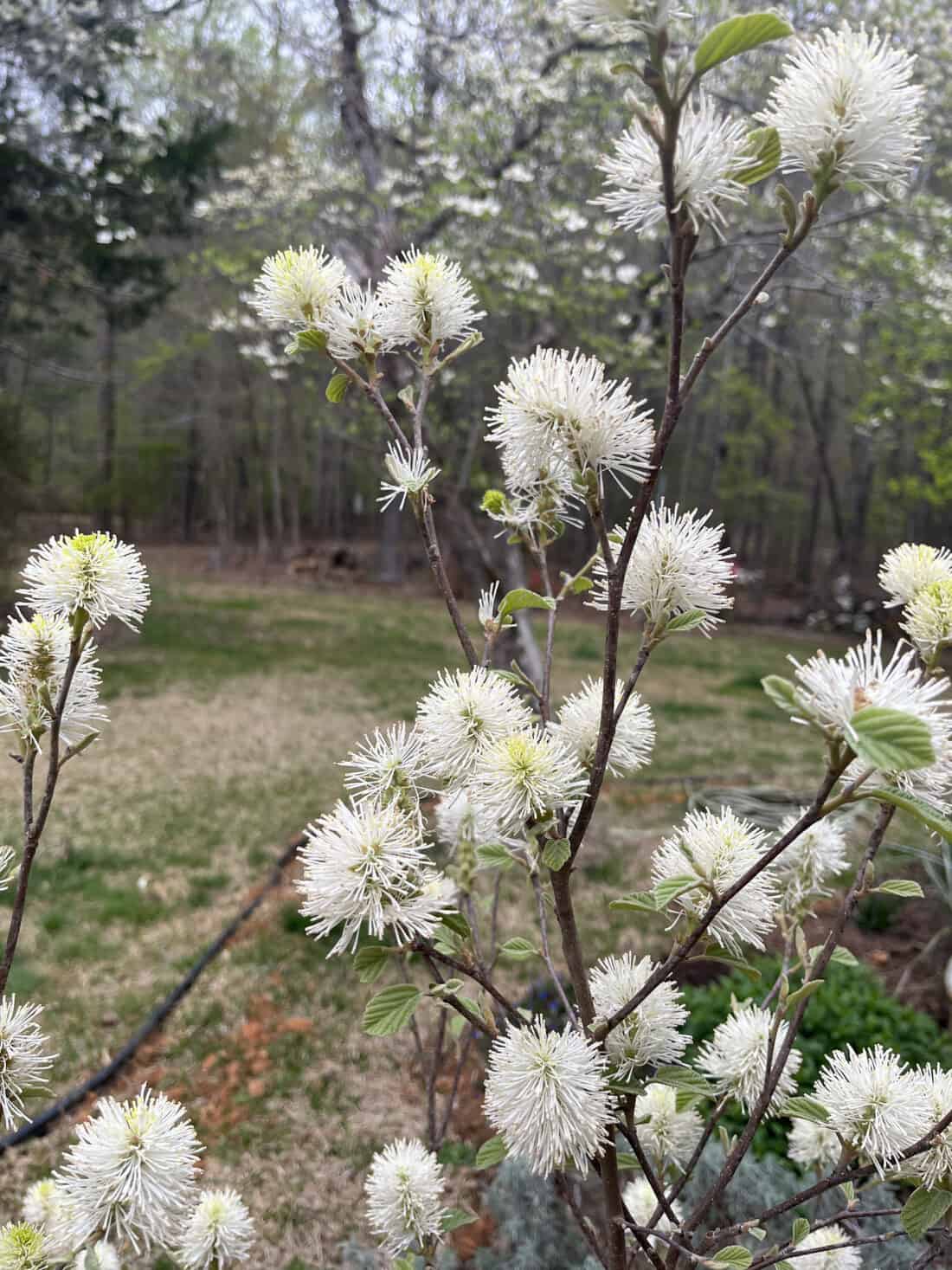
In late spring, the plant is covered with bottle-brush-shaped white honey-scented flowers. The flowers are attractive, but the real reason to grow Blue Shadow is for the color of the unique color of leaves.
Do you like steel blue foliage plants in your garden?
If so, I wholeheartedly recommend that you grow Blue Shadow fothergilla.
– Rodney
Design Ideas and Options for Fothergilla x intermedia ‘Blue Shadow’
- Plant a few fothergilla ‘blue shadow in a rhythmic way through large extended shrub borders. These striking foliage plants will be a focal point throughout the growing season, and you can use them to guide the eye around the garden.
- Plant Fothergilla in mass plantings for a clean, modern design with a soft touch.
- Both Fothergilla major and Fothergilla gardenii are native American species found in the Allegheny Mountains and southern Appalachian Mountains of the southeastern United States. Fothergilla varieties are often included in native gardens beyond it’s native range because it is a good resource for pollinators.
- If you are in New England, Fothergilla is an excellent choice for the garden – it is hardy to zone 4.
An alternative to F. ‘blue shadow’ is Fothergilla gardenii ‘Blue Mist’. It is NOT, however, considered to be a better variety. It is not as vigorous, not as blue, and not as tough as ‘Blue shadow’.
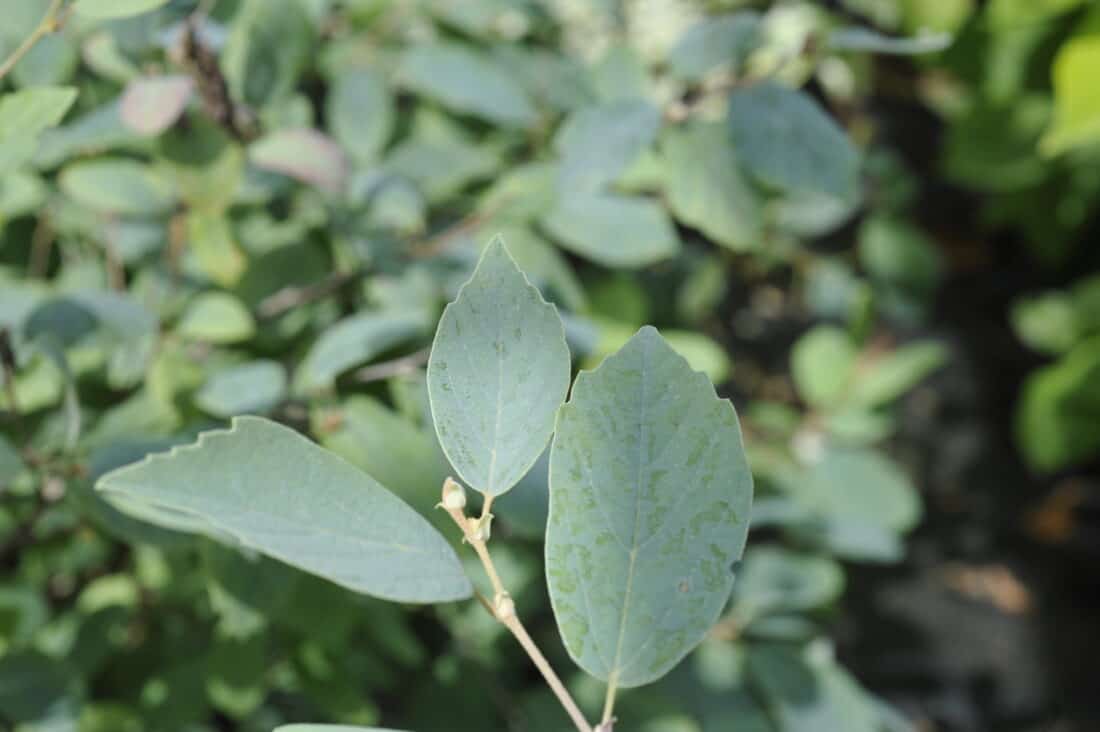
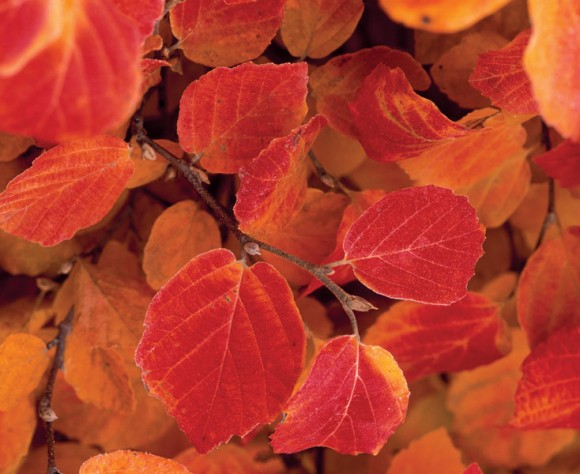
Love that steel blue color too, especially when sort of mixed with gray. Way fun!